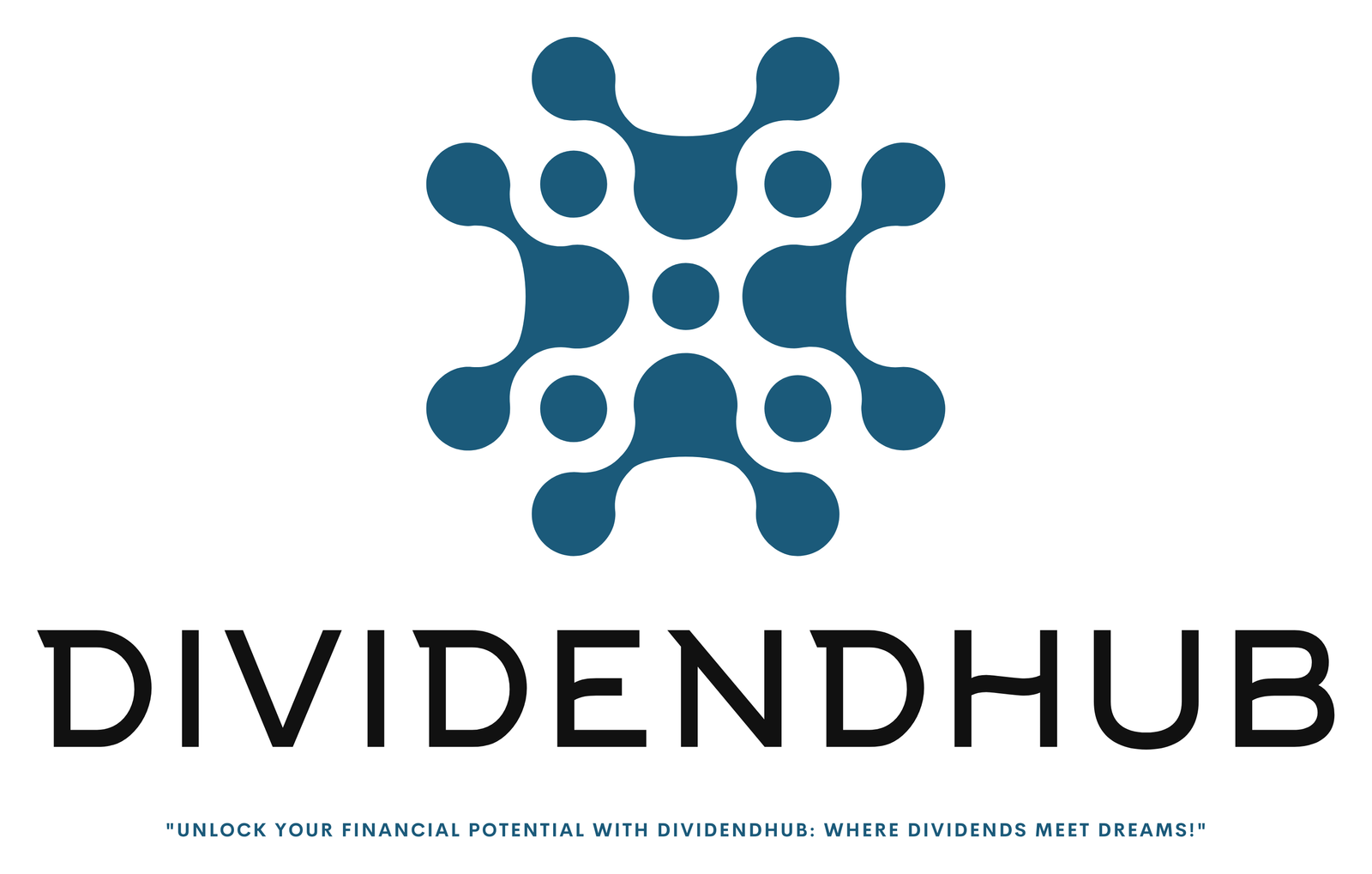
Are you ready to uncover the secrets of successful dividend investing? Today, we’re delving into the world of metrics – the essential tools that will guide you towards lucrative investment opportunities. Whether you’re a seasoned investor or a novice eager to learn, mastering these metrics is the key to unlocking your investment potential. So, grab your notebook and get ready to dive deep into the fascinating world of dividend metrics!
Metric 1: Dividend Yield 📈
Imagine this: You’re scanning through a list of potential investments, searching for the holy grail of dividend stocks. Your first stop? Dividend yield – the percentage of a company’s stock price that is paid out in dividends annually. Think of it as your dividend paycheck relative to the price you paid for the stock. A high dividend yield, such as 5% or above, may indicate an attractive income opportunity. However, be cautious of excessively high yields, as they could signal underlying issues with the company’s financial health.
Metric 2: Dividend Growth Rate 🌱
Now, let’s turn our attention to the growth potential of dividends. Imagine investing in a company that not only pays dividends but also consistently increases them year after year. That’s where the dividend growth rate comes into play – it measures the annualized rate at which a company’s dividends have grown over a specific period. Look for companies with a track record of sustainable dividend growth, such as Altria, which has increased its dividends by an average of 10% per year over the past decade. These companies offer the dual benefit of income and growth potential, making them prized assets in any dividend investor’s portfolio.
Metric 3: Payout Ratio 💰
As you continue your journey through the world of dividend metrics, it’s essential to assess the sustainability of dividend payments. Enter the payout ratio – the percentage of a company’s earnings that is paid out in dividends. A low payout ratio, ideally below 50%, indicates that a company is retaining a significant portion of its earnings to reinvest in growth opportunities. On the other hand, a high payout ratio may signal that a company is distributing too much of its earnings as dividends, potentially compromising its ability to fund future growth initiatives. Aim for a payout ratio that strikes the right balance between dividend payments and reinvestment in the business.
Metric 4: Dividend Coverage Ratio 🛡️
Now, let’s talk about protecting your dividend income from unexpected downturns. Picture yourself analyzing the dividend coverage ratio – a measure of a company’s ability to cover its dividend payments with its earnings. A dividend coverage ratio of 1.5 or higher indicates that a company is generating sufficient earnings to comfortably cover its dividend obligations. This provides a buffer against adverse economic conditions or unforeseen challenges that could impact dividend sustainability. By prioritizing companies with strong dividend coverage ratios, you can safeguard your income and sleep soundly knowing that your dividends are secure.
Metric 5: Dividend History and Consistency 📅
Last but not least, let’s reflect on the importance of history and consistency in dividend investing. Imagine investing in a company with a long and illustrious track record of paying dividends, rain or shine. Look for companies with a history of consistent dividend payments, ideally spanning multiple economic cycles. 3M company is a shining example – it has paid dividends without interruption for over 50 years, weathering market turbulence with resilience and fortitude. By prioritizing companies with a proven commitment to dividend payments, you can build a portfolio that delivers reliable income and long-term wealth accumulation.
Metric 6: Earnings Per Share (EPS) 📊
Earnings per share (EPS) is a fundamental metric that measures a company’s profitability on a per-share basis. It’s calculated by dividing a company’s net income by the number of outstanding shares. A growing EPS indicates that a company is generating more profits per share, which can support future dividend payments and stock price appreciation.
Metric 7: Debt to Equity Ratio 🔍
The debt to equity ratio measures a company’s financial leverage by comparing its total debt to its shareholders’ equity. A lower debt to equity ratio indicates that a company relies less on debt financing and has a stronger financial position. This metric is important for dividend investors as high levels of debt can constrain a company’s ability to maintain dividend payments during challenging economic conditions.
Metric 8: Price to Free Cash Flow 💸
Price to free cash flow is a valuation metric that compares a company’s market capitalization to its free cash flow. It provides insight into how efficiently a company generates cash after accounting for capital expenditures. A lower price to free cash flow ratio may indicate that a company is undervalued, making it an attractive investment opportunity for dividend investors.
Metric 9: Discounted Cash Flow (DCF) 📉
Discounted cash flow (DCF) analysis estimates the present value of a company’s future cash flows, taking into account factors such as the time value of money and risk. By discounting future cash flows back to their present value, DCF analysis helps investors determine the intrinsic value of a stock. This metric can be particularly useful for dividend investors seeking to assess the long-term value and potential returns of dividend-paying stocks.
Conclusion:
Congratulations, you’ve now mastered the essential metrics every dividend investor must know – from dividend yield and growth rate to payout ratio and dividend history. By incorporating additional metrics such as earnings per share, debt to equity ratio, price to free cash flow, and discounted cash flow analysis into your investment toolkit, you’ll gain a deeper understanding of dividend stocks and make more informed investment decisions. Now, armed with this knowledge, it’s time to embark on your journey to financial freedom and prosperity. So, what are you waiting for? Dive into dividend investing today and unlock a world of wealth and abundance! 🚀💼






